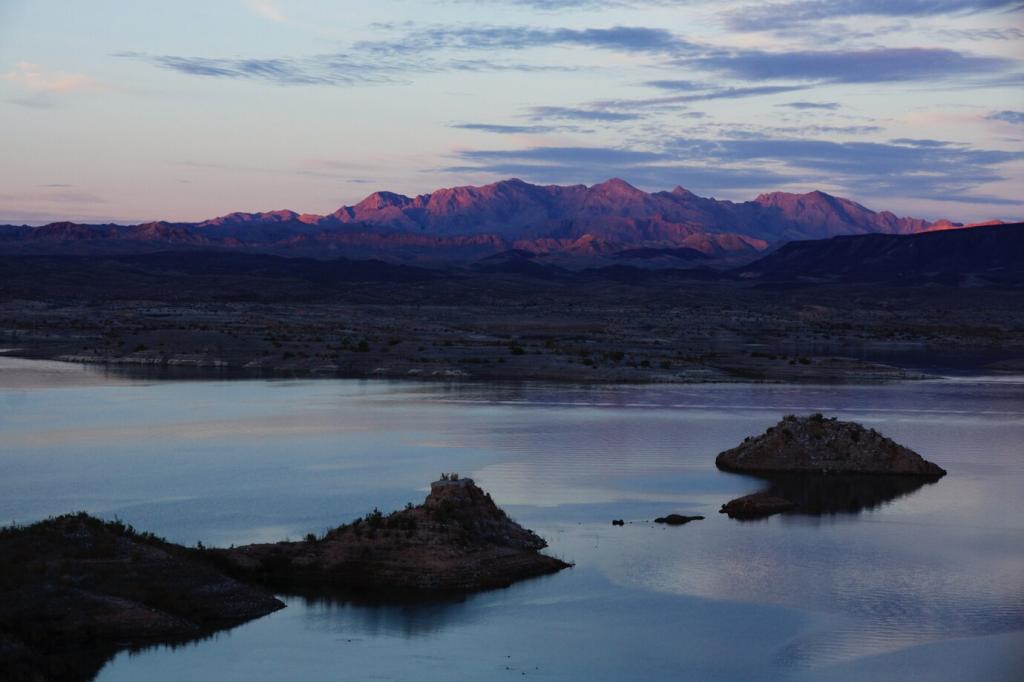
Romantic Era Landscape Paintings: Awe, Atmosphere, and the Human Heart
Chosen theme: Romantic Era Landscape Paintings. Step into a world where storms glow, valleys breathe, and a single figure on a cliff can carry the weight of a century’s longing. Subscribe to follow new stories, artist spotlights, and hands-on guides inspired by this moving tradition.
Why Romantic Landscapes Still Move Us
Romantic painters chased the sublime—nature so vast it humbles—and the picturesque, where irregular beauty charms the eye. Together, they shape scenes that pull you inward while pushing imagination outward, urging you to feel before you analyze and to wander before you explain.

J. M. W. Turner’s Tempestuous Light
Turner wrestled light onto canvas, making storms feel molten and sea spray almost audible. Legend says he had himself strapped to a mast to study tempests. Whether true or not, his paintings prove he looked long enough to find drama tucked inside every shifting veil of atmosphere.

Caspar David Friedrich’s Quiet Devotion
Friedrich’s figures stand with backs turned, inviting us to enter their reveries. His crosses, cliffs, and fog-bound pines create a reverent hush. The stillness is not empty; it is charged with longing, asking viewers to bring their own sacred questions to the horizon line.
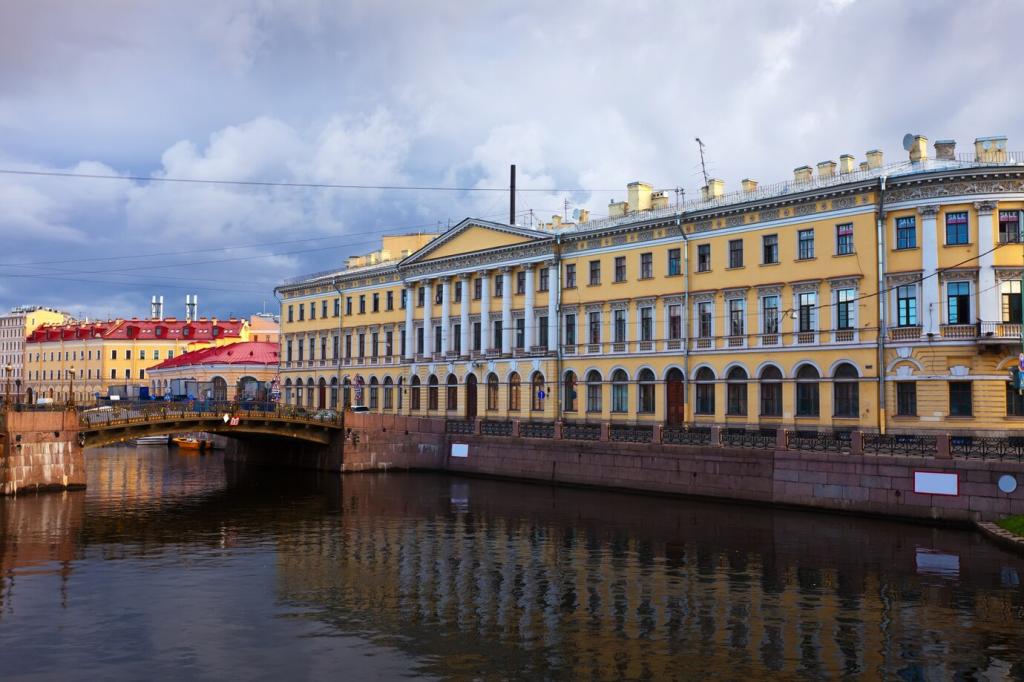
John Constable’s Speaking Skies
Constable studied clouds like a scientist and a poet, jotting notes about time, wind, and moisture. His skies feel conversational, changing mood from one brushload to the next. He believed painting was another way of telling the truth about home and weather, hour by honest hour.
Glaze, Scumble, and Broken Color
Thin glazes tint light rather than smother it, while scumbling drags dry paint to create floating haze. Broken color lets the eye mix vibration at a distance. Together, these moves let clouds feel lit from within, and distant hills hum with barely-there chromatic echoes.
Atmospheric Perspective in Practice
Romantics cooled and grayed distant forms, saving punch and contrast for the foreground. Edges dissolve with distance, aerial layers stacking like pages of air. Try squinting at a landscape; your narrowed gaze naturally sorts values, teaching you where to sharpen and where to let go.
From Studio to Field
Oil sketches outdoors caught mercurial light before it slipped away. Artists returned to the studio with wind-stung cheeks and wet boards, transforming notes into grand compositions. Even today, a pocket sketchbook and a weather app can seed a painting that feels honestly breathed.
Travel, Imagination, and Invented Vistas
Composite Landscapes
Many famous views never existed as painted. Artists stitched cliffs from one journey to valleys from another, guided by emotion more than cartography. The result is truthful in a different register, revealing how we recollect by editing, and how memory curates what the heart keeps.
Ruins, Nationhood, and Nostalgia
Crumbled abbeys and weathered forts were more than scenery. They spoke of time, faith, and identity under change. Painters used ruins to ask who we were and who we might become, balancing grief for what has fallen with stubborn tenderness for what still stands.
Mountains and Seas as Characters
In Romantic hands, the Alps and ocean became protagonists. Peaks brood, tides argue, and cliffs keep secrets. Landscapes step beyond backdrop into psychology, encouraging viewers to read gestures in rock formations and weather fronts as if nature itself were speaking in sentences.
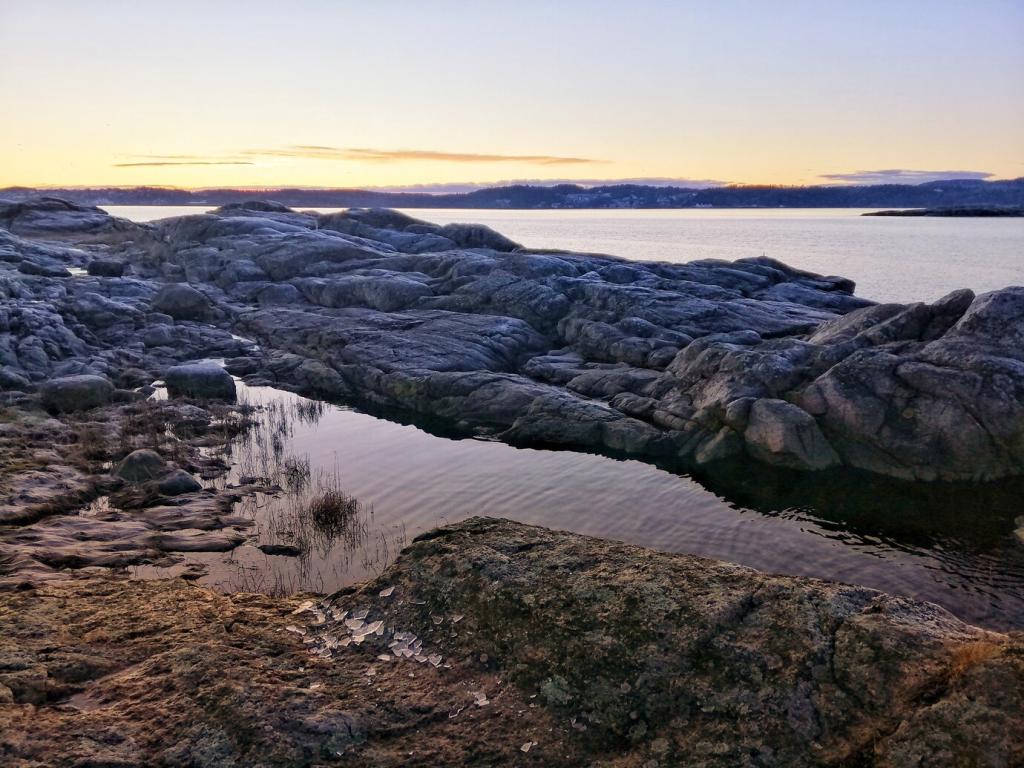
Wanderer above the Sea of Fog
Friedrich’s hiker stands solitary, yet we occupy his viewpoint, sharing his vertigo and hope. Historians suggest the figure might be a composite, tightened to archetype. Share how this image lands for you—does it feel consoling, isolating, or quietly courageous in its unblinking gaze?
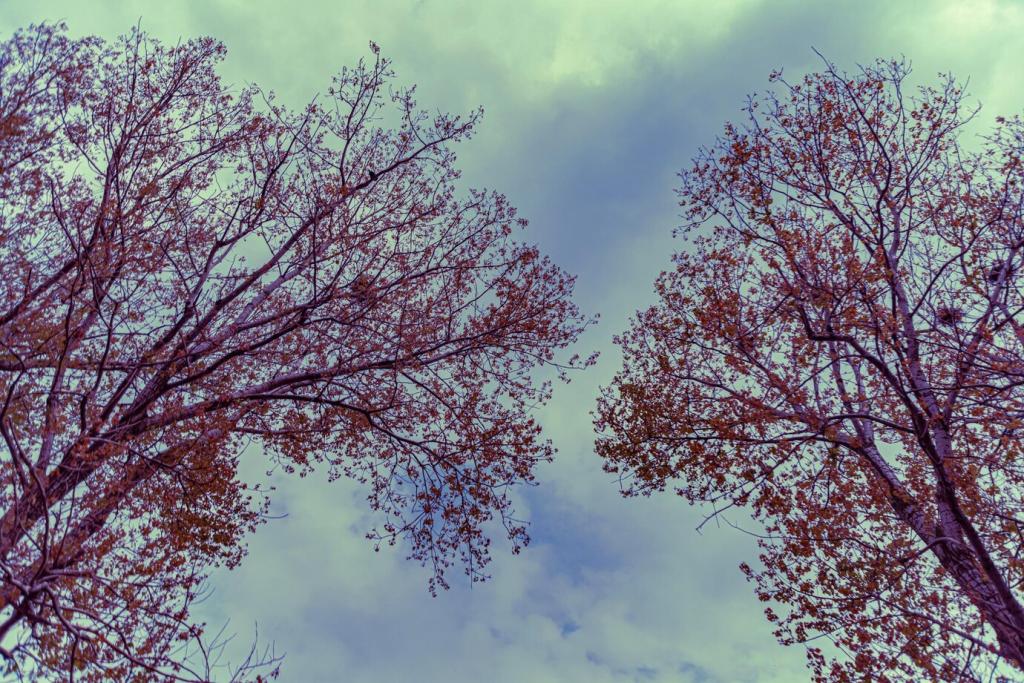
The Hay Wain
Constable’s river scene brims with local truth, yet it resonated abroad, winning hearts in Paris. The water feels cold enough to sting, the cart heavy enough to creak. If you’ve seen it in person, tell us which detail you noticed first—the thatch, the sky, or the hush.
Seeing Romantic Landscapes Today
Make the Most of a Museum Visit
Stand close to study brushwork, then step back until the sky breathes. Change your angle to catch glazing. If you can, return at a different hour; gallery light shifts, revealing whispers in the paint. Share which viewing distance unlocked the painting’s weather for you.

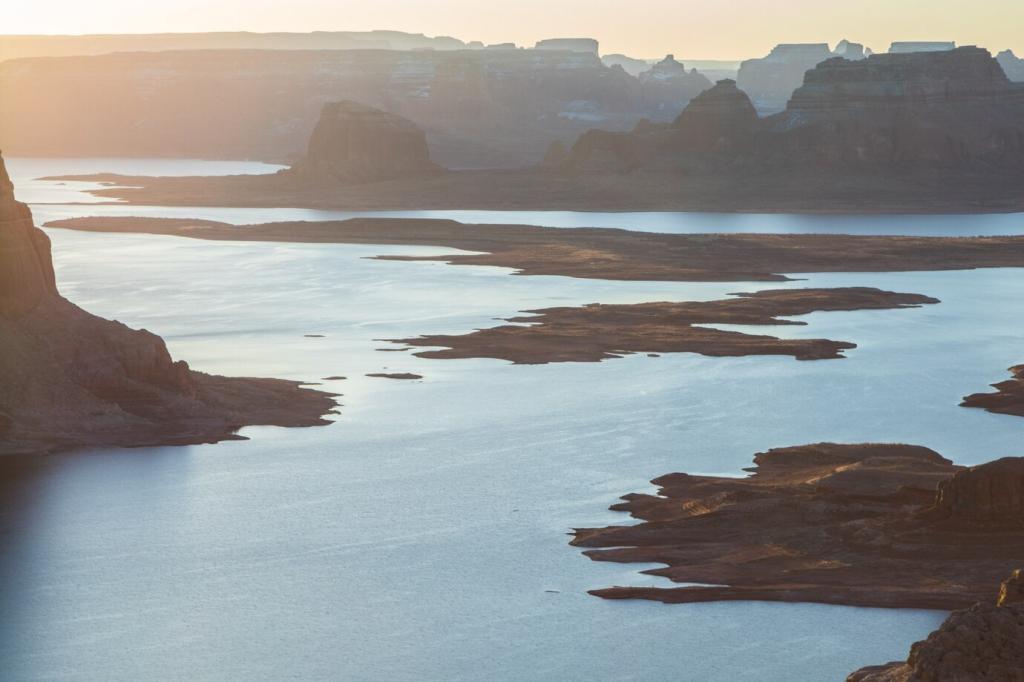
Prints, Books, and Slow Looking at Home
High-quality reproductions invite unhurried attention. Dim the room, open a book, and spend five minutes tracing cloud edges with your eyes. Write a few lines about the mood you feel, then compare notes with a friend. Subscribe for monthly slow-looking prompts and printable guides.
Try It Yourself: A Romantic Landscape Study
Pick a place with shifting light—a river bend, rooftop horizon, or rolling field. Note the wind direction, temperature, and a single dominant feeling. Paint or sketch for twenty minutes, chasing that feeling more than details. Post your results and tag us so we can cheer you on.
Further Reading and Listening
Poetry that Painted with Words
Wordsworth’s rivers, Coleridge’s albatross, and Shelley’s clouds can prime the eye before a gallery visit. Read a stanza, then look again at a painted sky. Notice how language tunes your seeing, and share a favorite line that suddenly matches a Turner or a twilight hill.
